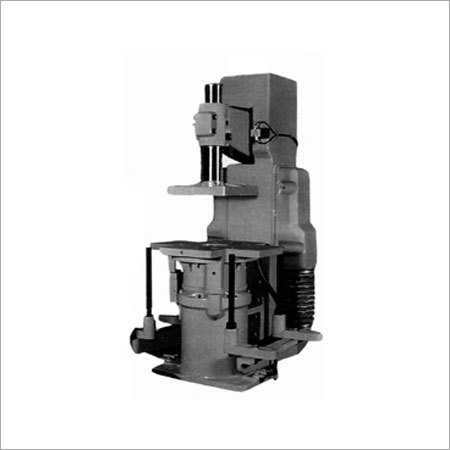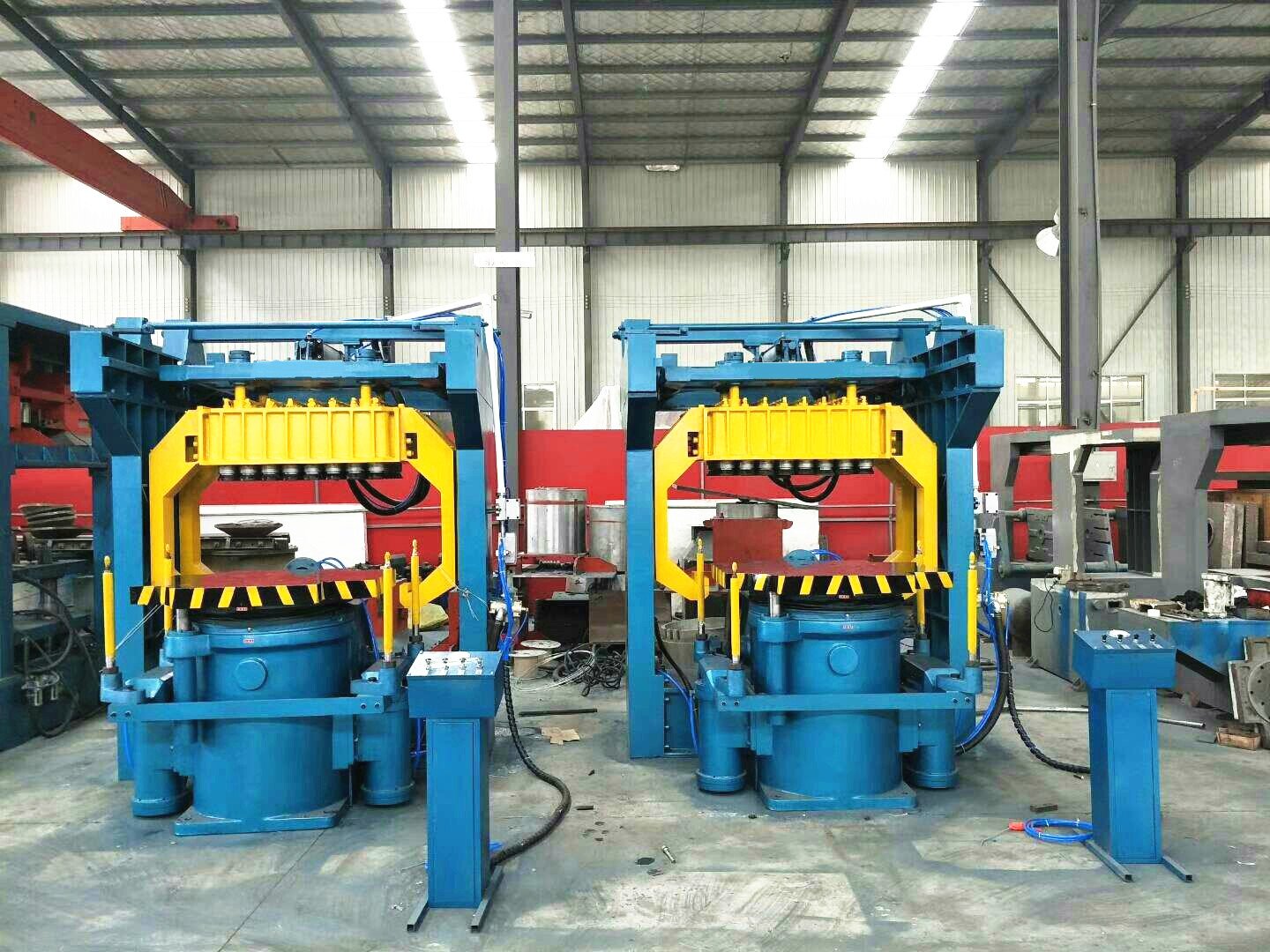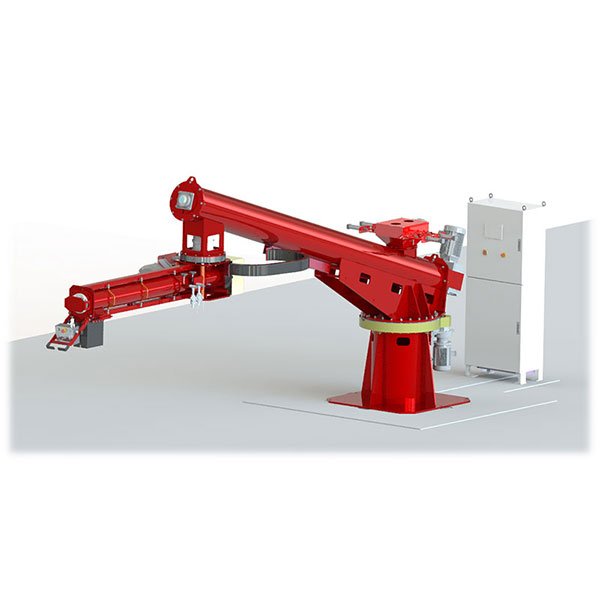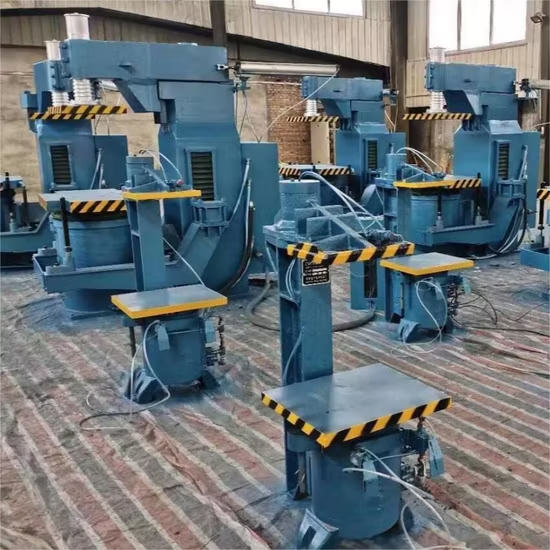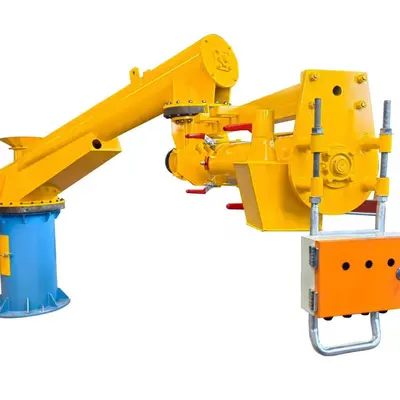
Foundries today face soaring labor costs, rising quality demands, and tightening safety regulations—challenges that can’t be solved by manual labor alone.
Foundry automation streamlines operations, increases efficiency, improves safety, and ensures consistent quality—all while adapting to rapidly changing production needs.
If you’re still relying solely on manual workflows, you’re missing out on critical advantages that automation brings in the Industry 4.0 era.
What Is Foundry Automation and How It Works?
Traditional foundries often require repetitive manual operations in mold preparation, pouring, cleaning, and finishing. These tasks are not only time-consuming but also prone to human error and safety risks.
Foundry automation replaces or assists manual processes using machines, robotics, and smart control systems to perform tasks with speed, precision, and reliability.
From robotic arms that handle hot metal to CNC-based trimming stations and AI-powered inspection systems, automation spans the entire casting workflow. Here's a simplified overview:
| Process Stage | Traditional Method | Automated Method |
|---|---|---|
| Mold Preparation | Manual sand packing | Robotic mold handling, automated sand mixers |
| Metal Pouring | Worker with ladle | Precision-controlled pouring robot |
| Fettling/Cleaning | Manual grinding and cutting | Robotic deburring, blasting machines |
| Inspection | Visual/manual checking | AI-driven camera systems with sensors |
Sensors, PLCs (Programmable Logic Controllers), and SCADA (Supervisory Control and Data Acquisition) systems are integrated to monitor temperature, material flow, pressure, and more—feeding data back for real-time adjustments and predictive diagnostics.
Increased Efficiency and Production Throughput?

Downtime, production delays, and inconsistent output plague traditional foundries and limit profitability.
Automation enables round-the-clock production, minimizes machine idling, and ensures consistent throughput with reduced labor dependency.
Dive Deeper
When I visited a partner facility in Jiangsu in early 2023, they had just completed the installation of our automated shot blasting and mold-handling system. Within two weeks, their output increased by 28%, purely because automation removed bottlenecks in their workflow.
Here’s what really drives efficiency in automated foundries:
- Faster Cycle Times: Robotic systems work faster and don't get fatigued. A pouring robot can complete its task in under 30 seconds compared to minutes with manual labor.
- Predictive Maintenance: Smart sensors detect wear and malfunction risk before a breakdown happens. This reduces unscheduled downtime.
- 24/7 Operation: Automated systems don’t need breaks or shift changes. They can be programmed to operate non-stop, enabling just-in-time manufacturing.
| Metric | Manual Foundry | Automated Foundry |
|---|---|---|
| Average daily output | 1000 units | 1280 units |
| Downtime per month | 20 hours | <5 hours |
| Operator error rate | ~4% | <1% |
Over time, this results in higher order fulfillment rates and better customer satisfaction, especially for industries demanding high-volume, fast-turnaround production.
Enhanced Quality and Accuracy?
Manual operations are susceptible to inconsistencies, especially in temperature-sensitive processes like pouring and curing.
Automation introduces repeatability and real-time monitoring, which leads to fewer casting defects and higher part conformity.
Dive Deeper
In the world of casting, small deviations can cause massive quality issues. A few degrees too hot or a pour that's a few seconds too long could spell disaster. In one instance, a client of ours supplying brake systems reduced their rejection rate by 40% after installing automated temperature monitoring and adaptive pouring arms.
How automation ensures better quality:
- Real-time Data Collection: Sensors capture temperature, viscosity, and flow rates in real-time, allowing immediate corrections.
- Closed-Loop Control: Automated systems don’t just act—they respond. If the mold is slightly off-spec, the system adjusts the pour or pressure to compensate.
- Automated Defect Detection: Integrated AI vision systems scan castings for surface irregularities and internal flaws using X-ray or ultrasound before they proceed to the next step.
This level of precision ensures consistency—batch after batch. For industries like aerospace or automotive, where every micron matters, that’s a game changer.
Cost Reduction and Operational Savings?

Labor costs are rising. So is energy. And every scrap part costs time and money to remake.
By minimizing waste, reducing manual labor, and optimizing energy use, automation delivers significant cost savings over time.
Dive Deeper
Let’s talk numbers.
| Expense Category | Manual Foundry | Automated Foundry |
|---|---|---|
| Labor per shift | $5,000 | $2,800 |
| Scrap rate (monthly) | 6% | 2% |
| Energy consumption | High | 15–25% lower |
One of our German clients recently reported an annual saving of over €200,000 after automating just two production lines—mainly from reduced labor, scrap, and energy usage.
Key savings areas:
- Energy Optimization: Smart controllers shift operations to low-tariff hours or balance energy loads intelligently.
- Material Efficiency: Fewer defective parts means fewer raw materials wasted.
- Lower Maintenance Costs: Predictive analytics allow timely part replacement before failures occur, cutting down on emergency repairs.
Yes, the initial investment can be significant, but the payback period is typically within 18–24 months depending on scale.
Improved Workplace Safety?
Foundries are inherently dangerous—molten metal, heavy machinery, high noise, and toxic fumes put workers at constant risk.
Automation removes humans from the most dangerous parts of the process, reducing injuries and enhancing overall plant safety.
Dive Deeper
I remember visiting a traditional foundry where operators were manually pouring red-hot metal while wearing heat suits in 40°C ambient temperatures. That visual stayed with me—and pushed us to design automated pouring systems that could replace this entirely.
Automation improves safety in multiple ways:
- Remote Operations: Robots and machines do the work, while operators supervise from safe control rooms.
- Less Exposure: Workers are not exposed to high temperatures, dust, vibration, and fumes, which lowers long-term health risks.
- Emergency Response: Smart systems can shut down operations or alert supervisors when dangerous conditions are detected—far faster than human reaction.
Moreover, safety compliance becomes easier with consistent data logging and automatic safety protocol enforcement. Fewer injuries also mean fewer compensation claims and lower insurance costs.
Greater Flexibility and Scalability?

Markets shift, orders vary, and customization is now the norm rather than the exception.
Automated foundries can quickly adapt to changing specifications, smaller batches, and new product designs without major retooling.
Dive Deeper
One misconception is that automation only works for mass production. But modern systems are modular and programmable—perfect for short runs and prototypes too.
For instance, a recent client making turbine parts needed to switch between three variants daily. With automation, they achieved this without stopping the line. That level of agility is impossible with manual labor alone.
How automation enables flexibility:
- Programmable Systems: Change a recipe or product design with software, not hardware.
- Modular Lines: Add or remove modules based on production volume and types.
- Faster Changeovers: Automated systems reset themselves in minutes, not hours.
This flexibility future-proofs your operations, letting you handle custom orders, seasonal fluctuations, or design iterations without losing productivity.
Environmental and Sustainability Advantages?
Modern manufacturing must meet sustainability goals—and traditional foundries are some of the most energy- and waste-intensive facilities around.
Automation enables precise control, reduces waste, and improves energy efficiency—making foundries greener and more compliant with ESG standards.
Dive Deeper
The environmental impact of foundries can no longer be ignored. From greenhouse gases to toxic residues, the footprint is massive. But automation is changing that.
- Efficient Resource Use: Precision dosing and temperature control mean less wasted metal and fewer defects.
- Energy Savings: Smart systems reduce peak consumption and avoid unnecessary operation of heavy machinery.
- Lower Emissions: Cleaner processes, especially with electric or hybrid equipment, help foundries meet air quality regulations.
Plus, automated data collection helps create transparent reports for environmental audits and ISO certifications.
Conclusion
Foundry automation is no longer a futuristic concept—it's a practical, proven solution for improving efficiency, quality, safety, and sustainability in today's competitive manufacturing world.

FAQs
How much does foundry automation cost?
Costs vary by scope, but small-scale automation may start around $50,000, while full system integration can reach several hundred thousand dollars.
Can small foundries afford automation?
Yes. Modular and phased approaches allow small foundries to automate specific steps and expand later.
What is the ROI timeline for adopting automation?
Most companies see ROI within 18 to 24 months due to labor savings, reduced scrap, and energy efficiency.
Does automation reduce defect rates significantly?
Absolutely. Automated monitoring and control can reduce defect rates by 30–60%, depending on the process.


